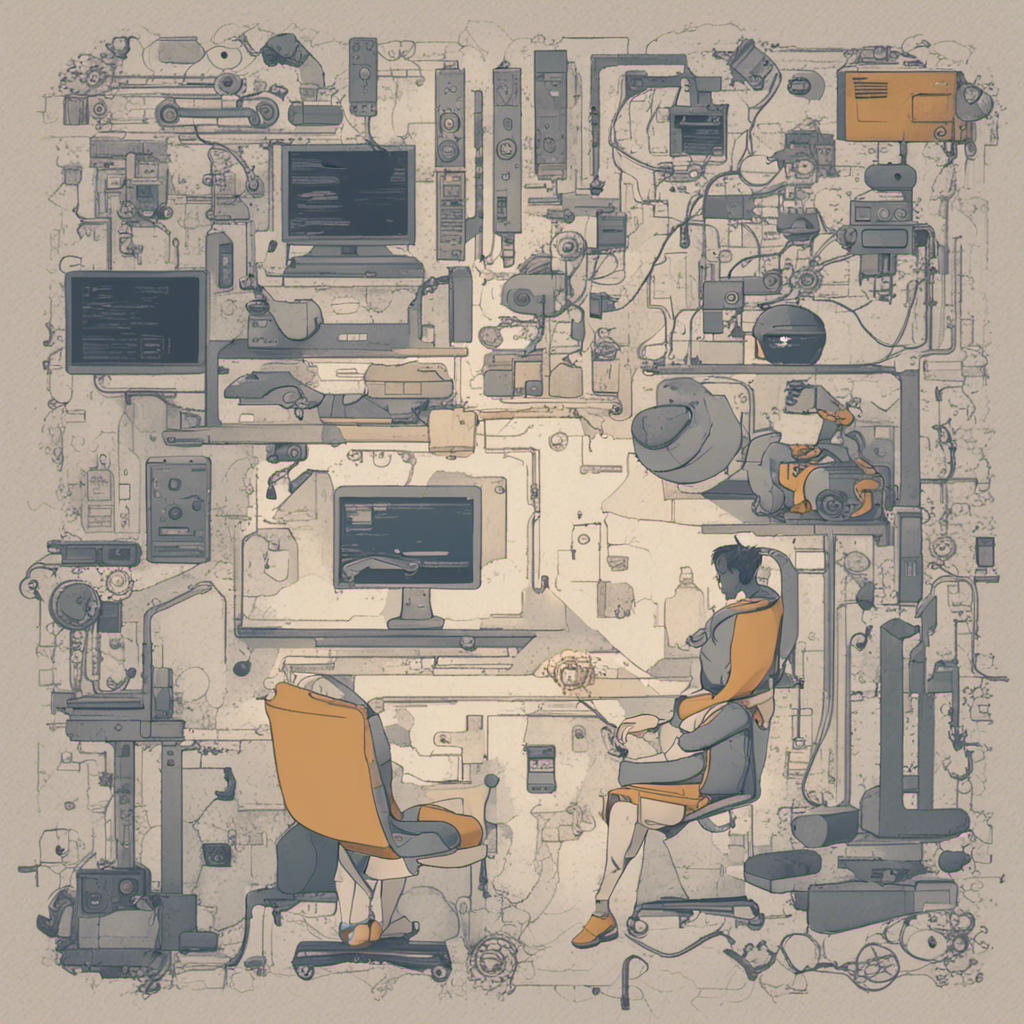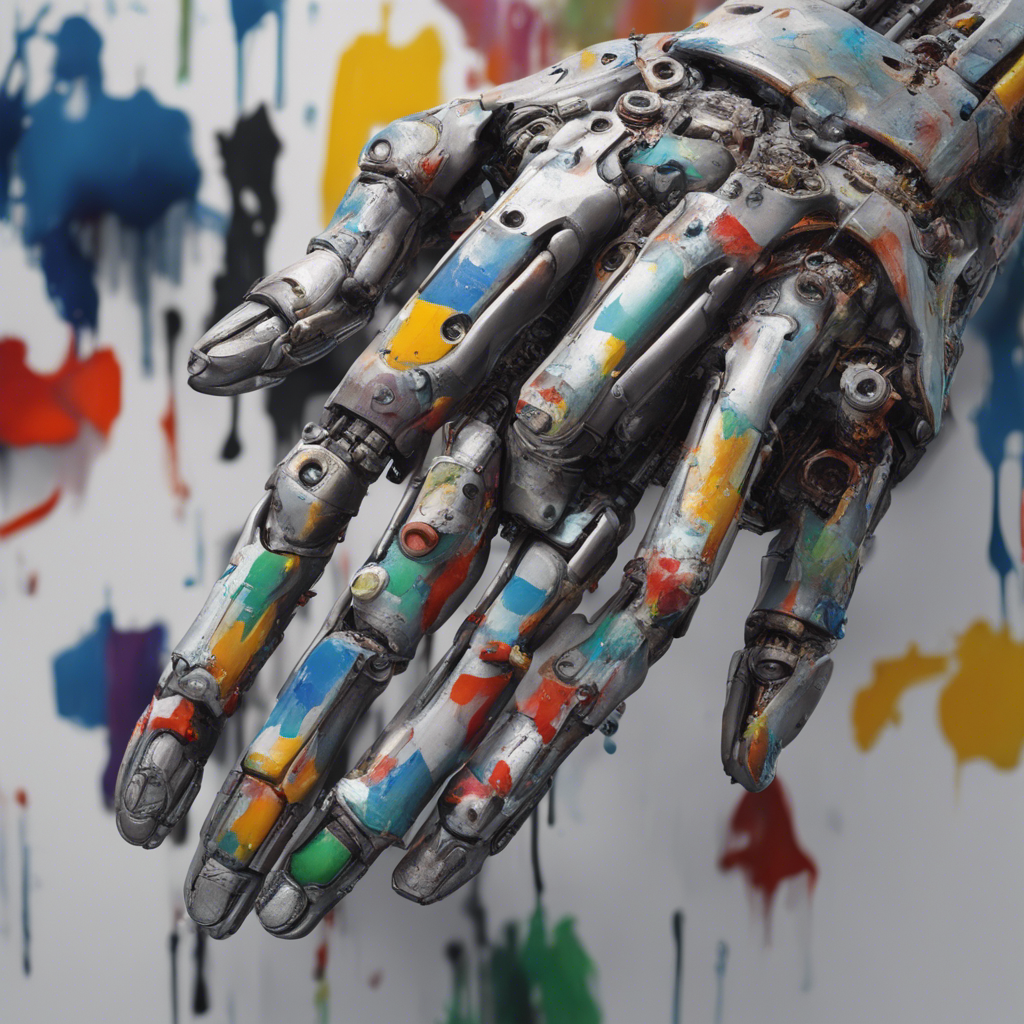
Natural Language Processing (NLP) has emerged as a revolutionary technology that is fundamentally transforming the way we interact with machines. This field of artificial intelligence (AI) focuses on enabling computers to understand, interpret, and communicate with human language effortlessly. By bridging the gap between human and machine communication, NLP holds immense potential for various industries, including customer service, healthcare, education, and more.
Understanding NLP
At its core, Natural Language Processing combines computational linguistics and machine learning methodologies to empower computers to comprehend and generate human language. By leveraging algorithms and statistical models, NLP allows machines to process vast amounts of textual data, derive meaning, identify patterns, and extract valuable insights.
Facilitating Human-like Communication
One of the primary goals of NLP is to facilitate human-like communication between humans and machines. Traditional modes of interacting with computers, such as coding or using graphical user interfaces, often pose barriers for users who are not well-versed in technical skills. NLP provides a powerful alternative by enabling users to communicate with machines in their own language, making technology more accessible and intuitive.
With NLP, we’re witnessing the rise of intelligent virtual assistants, such as Amazon’s Alexa, Apple’s Siri, or Google Assistant. These smart devices can respond to voice commands, answer questions, perform tasks, and even engage in natural-sounding conversations. By understanding context, intent, and sentiment, NLP algorithms enable these virtual assistants to interpret and respond to user queries effectively.
Applications of NLP
The applications of NLP are vast and already impacting numerous industries. Let’s explore a few notable use cases:
1. Customer Service and Support
NLP is revolutionizing customer service by automating common queries and providing instant support. Chatbots powered by NLP algorithms can understand customer inquiries, provide personalized responses, and escalate complex issues to human agents when needed. This improves customer service efficiency, reduces response time, and enhances the overall user experience.
2. Sentiment Analysis
Understanding the sentiments expressed in text data is crucial for businesses to gauge public opinion, assess customer satisfaction, and manage reputation. NLP techniques like sentiment analysis can determine whether a particular phrase or sentence conveys a positive, negative, or neutral sentiment. Companies can leverage this information to make data-driven decisions, improve products or services, and enhance customer relations.
3. Language Translation
Breaking down language barriers is yet another significant application of NLP. Machine translation models based on NLP algorithms, such as Google Translate, are capable of translating text or speech between multiple languages. This enables businesses to reach a global audience, facilitate international communication, and expand their operations worldwide.
4. Healthcare
NLP technology is transforming the healthcare industry by enabling efficient analysis of medical records, clinical notes, and research papers. It helps to uncover valuable insights from unstructured medical data, supporting diagnosis, treatment planning, and drug development. Moreover, NLP can enhance patient care by automating tasks like transcribing doctor-patient conversations, extracting relevant medical information, and generating accurate clinical reports.
The Future of NLP
As NLP continues to advance, we can expect even more exciting developments and applications. The incorporation of deep learning techniques, such as recurrent neural networks and transformers, has significantly improved the accuracy and capabilities of NLP models. Additionally, ongoing research in areas like automatic summarization, question-answering systems, and dialogue generation holds promise for further enhancing human-machine interaction.
By revolutionizing the way we interact with machines, NLP is rapidly disrupting numerous industries and empowering us with new possibilities. As the technology evolves and becomes more refined, it will continue to shape the future of communication and collaboration between humans and machines.
References:
- Jurafsky, D., & Martin, J. H. (2021). Speech and Language Processing.
- Singh, K., & Gupta, P. (2018). Text classification algorithms: a survey.
- Amodei, D., et al. (2016). Deep Speech 2: End-to-End Speech Recognition in English and Mandarin.






